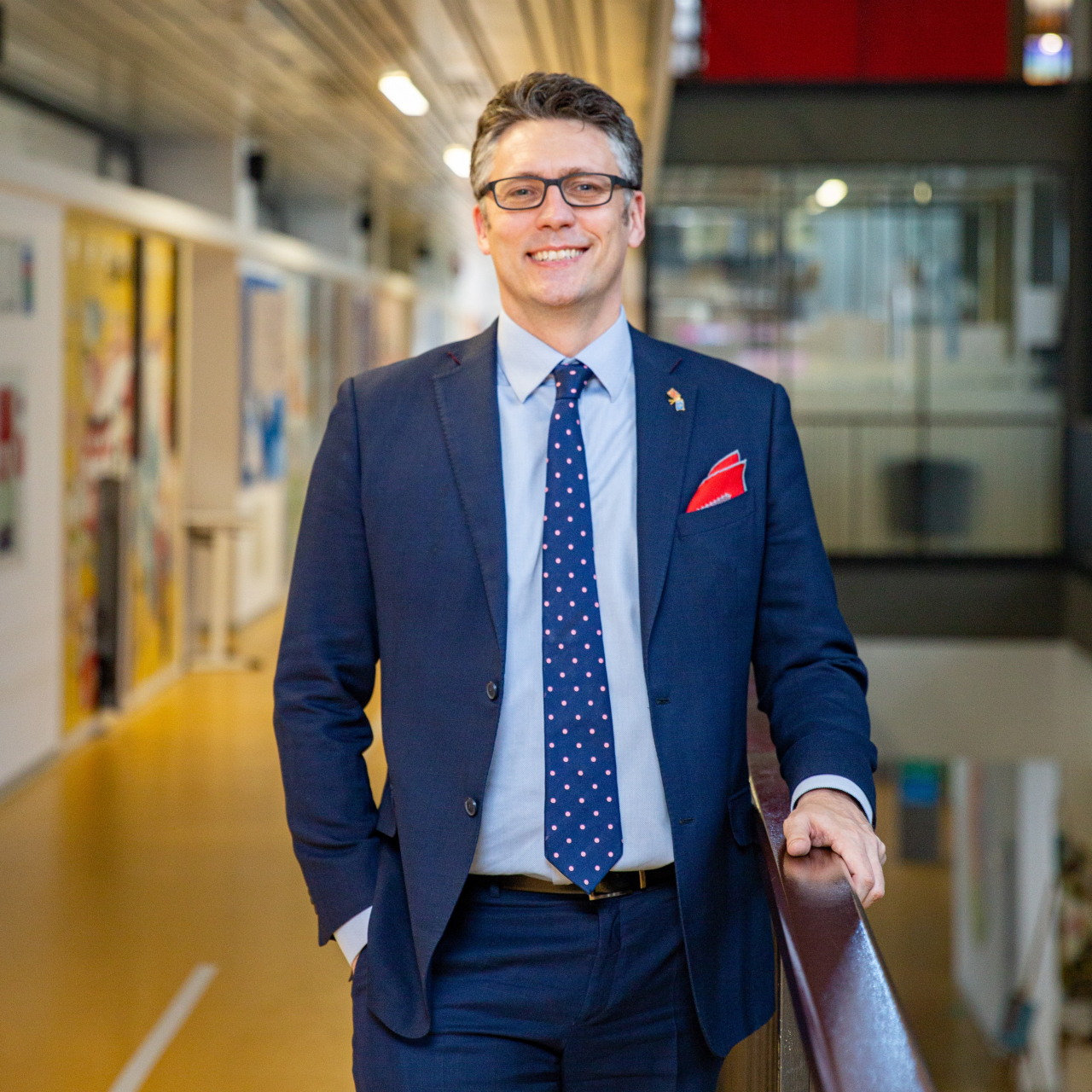

The pandemic of COVID-19 has been the highlight of the news since February 2020. While most of us did not know whether we would spend almost two years indoors, people were still hopeful that the closure of workplaces, businesses and other institutions is temporary. Unfortunately, to this day, we can witness that the situation with coronavirus disease is not going anywhere.
If adults could at least comprehend the unfolding situation, for children, it was an abrupt and chaotic transition to distance learning that turned their world upside down. More than a billion learners were dropped from their usual routine. Instead of physically being in school, pupils were learning new topics online. Interactions with teachers, school administrators and peers had also shifted to digital format. In a couple of days, the lives of children in 143 countries were forced to study in a new environment, which was not necessarily ready for them.
As a director, educator and parent, I had the opportunity to witness, analyze and reflect on experiences our pupils had endured during the extended school closure. Despite the fact, that some of the Year groups had returned to the school premises earlier than other ones, the implications that were imposed by the traumatic events caused by COVID-19 were clear. My colleagues and I saw it with our own eyes when pupils started coming back to school after winter break. Once on-site, they hesitated to answer questions during class time, even though they knew the answers. Like young deers, they stayed away from us, teachers, and from their classmates. As if it was unbeknownst to them how to behave in a social situation.
The well-being of our students has always been at the forefront of our ethos. Ensuring that our pupils excel academically while leading a balanced life is something every teacher wishes for their students to have. However, once the pandemic entered our lives, the scales of life have been outweighed by the anxiety, feelings of distress and uncertainty of the future. As a result, being trapped within four walls, the well-being of pupils has deteriorated and several stressors have contributed to that experience
